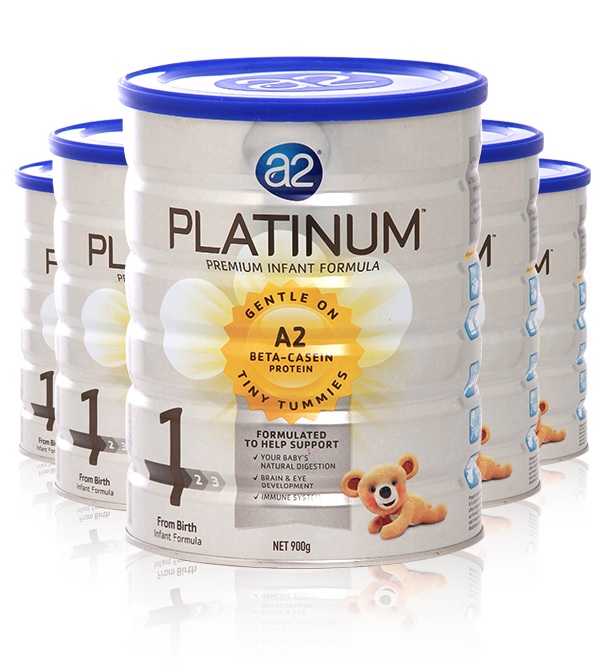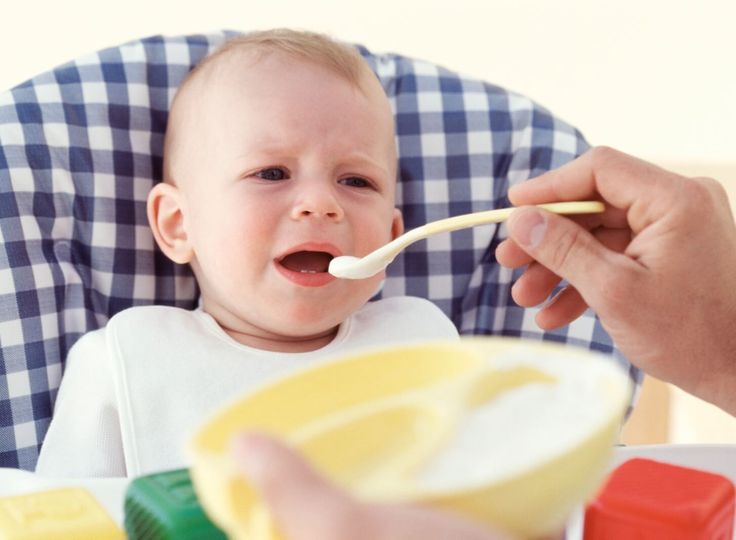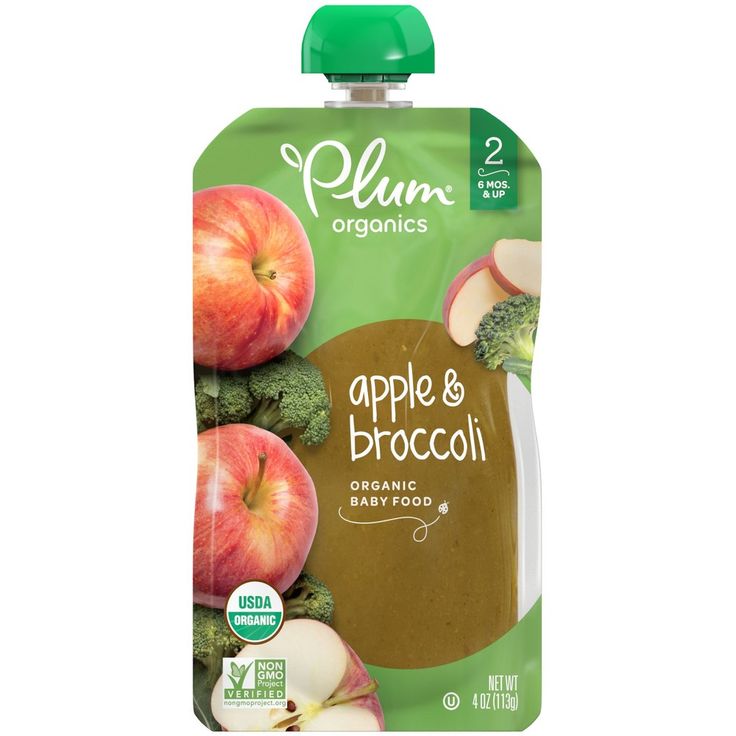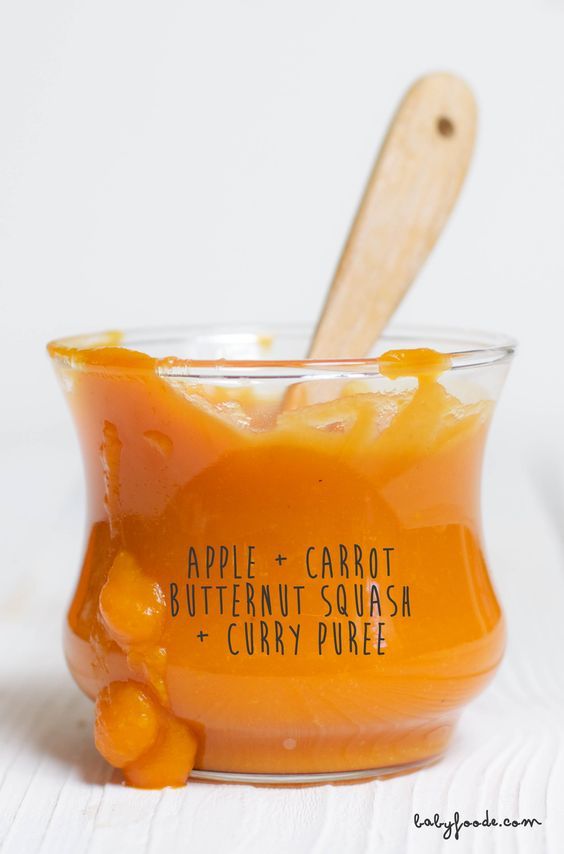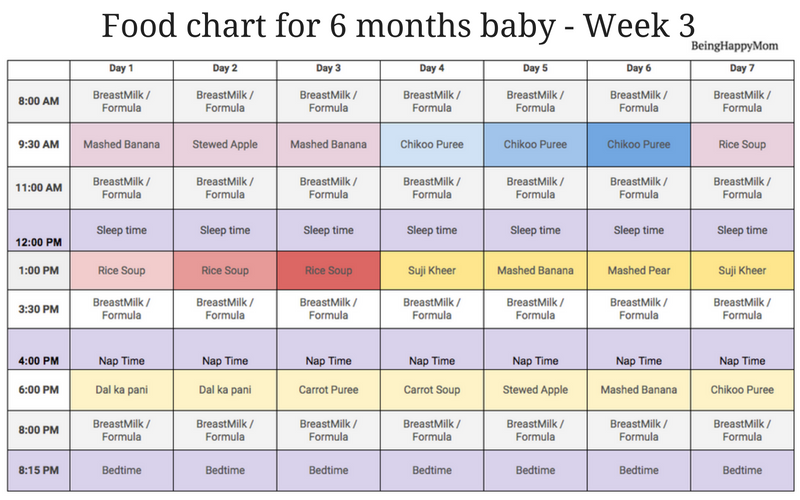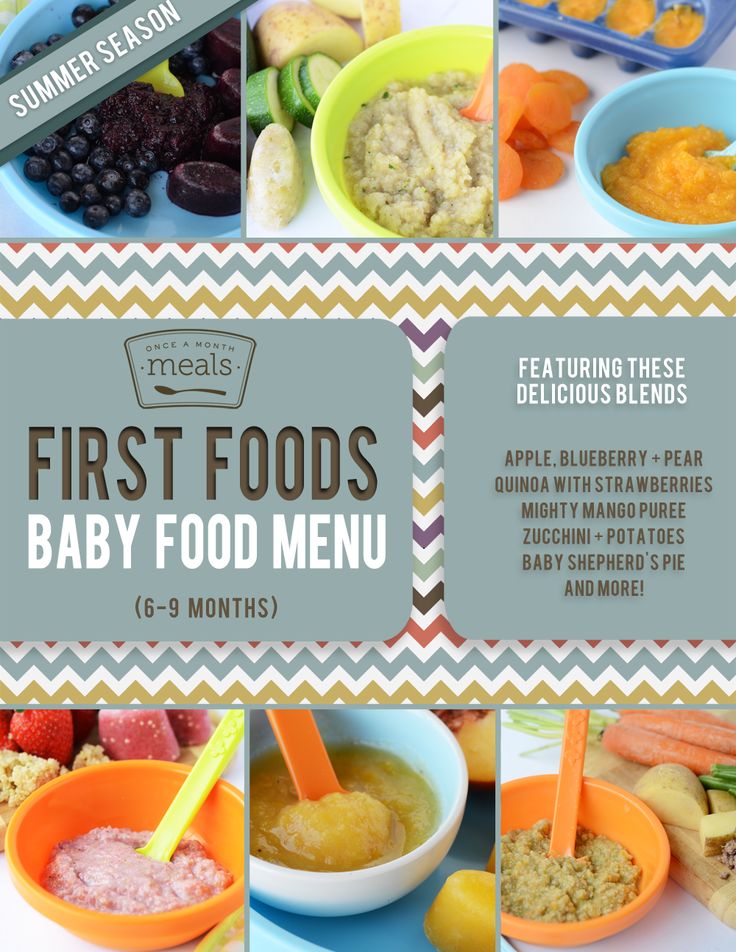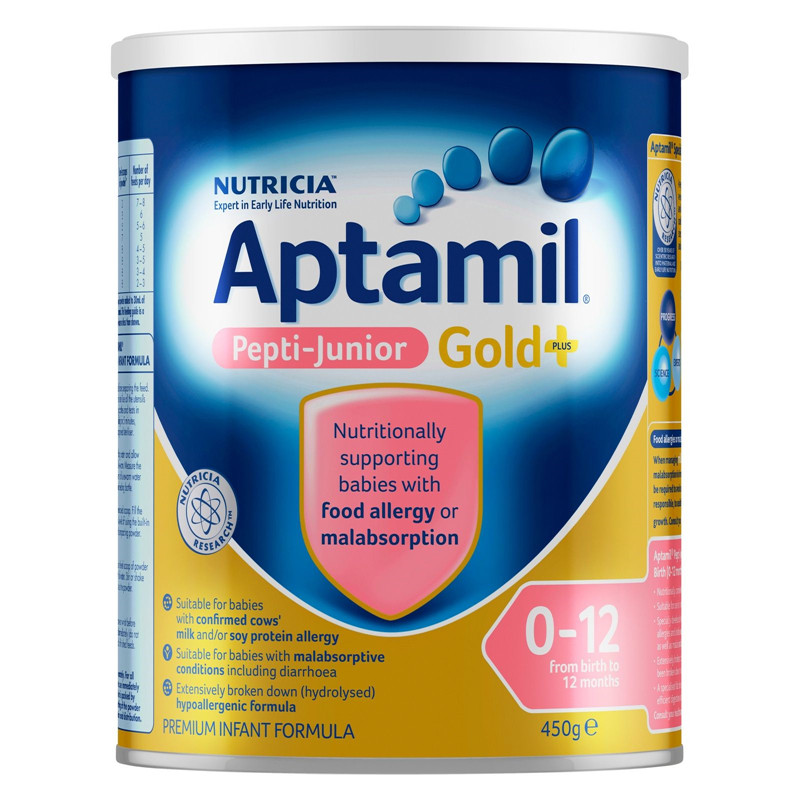Food menu for 16 month old baby
Toddler Meal Ideas - 16 months
Posts may contain affiliate links or sponsored content. See Disclaimer and Disclosure for more details.
3524 shares
What my toddler eats at 16 months old. Healthy and easy toddler meal ideas for 16 months or for young toddlers age 14-18 months.
Here is our 16 month update for what our toddler has been eating this month. I’m sharing our toddler meal ideas for 16 months.
Corbin has been getting 4 molars at once, so his food intake has been down a little bit. But, he has been trying new foods and liking some of them!
Our toddler sits in his high chair, but its pulled up to the table. I think this has helped him get excited agin about eating.
Its also been helpful to make him feel like he his part of the family when eating family meals and to be more engaged.
This month we have also been working on using silverware.
We love the munchkin toddler silverware set and use it every day.
Corbin has been practicing using the spoon, especially, and has been eating more yogurt and soup.
Keep reading below to see toddler meal ideas for month 16!
If you are looking for meal ideas for babies or toddlers, check out more posts from my feeding series:
- Combing Purees and Baby-Led Weaning
- Baby’s First Solid Foods
- Self-Feeding ideas for 8-12 Month Olds
- Self-Feeding Foods for One Year Olds
- 20 Easy Meal Ideas for 1 Year Olds
- Easy Toddler Breakfast Ideas
- Easy Toddler Meals with Frozen Food
- Self-Feeding Ideas for 12-16 months
- Self-Feeding Daycare Lunch Ideas for One Year Olds
- Toddler Meal Ideas – 15 months
- Toddler Meal Ideas – 16 months
- 33 Toddler Dinner Ideas
- Toddler Meal Ideas – 17 Months
Self-Feeding Tools
Silicone Plate // Since our toddler now sits at the table these silicone plates have become a MUST at every meal.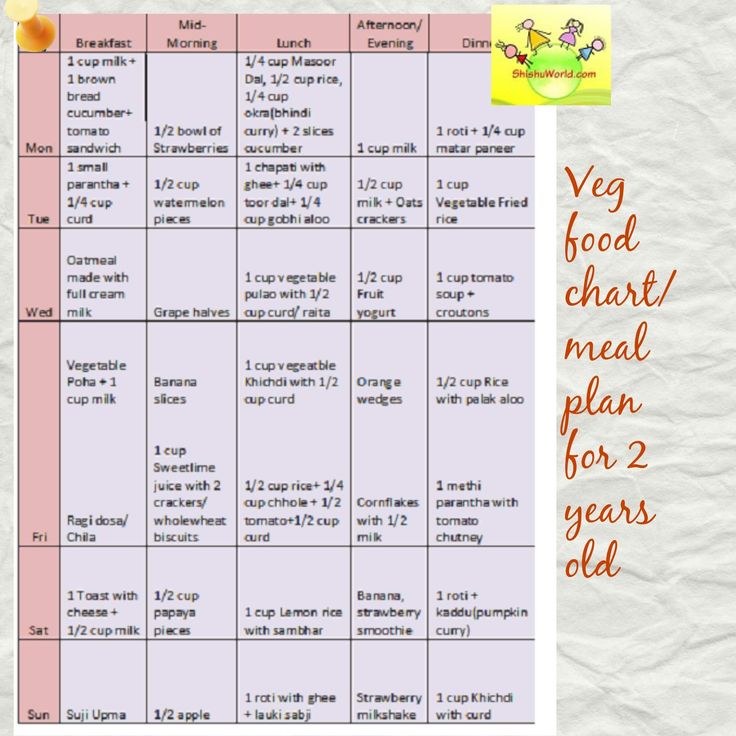 He will throw his normal plate after a few minutes so we love how these silicone plates stay stuck.
He will throw his normal plate after a few minutes so we love how these silicone plates stay stuck.
Toddler Silverware // The Munchkin fork and spoon set is great for young toddlers who are more familiar with self feeding. We love this set and use it every day!
Straw Training Cup // The Contigo straw cup is our favorite right now! Its a little more like a real cup that the weighted straw cups we loved previously. This cup does not spill!!
For a full list of toddler feeding products that I recommend check out my post: 10 Toddler Feeding Essentials!
Breakfast Meal Ideas
Corbin goes to daycare 5 days a week, so breakfast has to be quick and easy.
Breakfast normally consists of a whole grain and fruit. Corbin’s favorite food at the moment is yogurt, so when he gets yogurt its a big treat! Its also VERY messy, but that’s half the fun.
For more breakfast ideas check out my full list of toddler breakfast ideas.
1) Waffles – whole wheat waffles are our #1 go-to for breakfast. Top with jelly, cream cheese, or peanut butter.
2) Toast – whole wheat toast topped with avocado, jelly, or peanut butter.
3) Yogurt – yogurt is Corbin’s favorite food at the moment. I try to buy him whole milk yogurt when I can. We recently started buying the big tubs instead of smaller individual containers because he will eat more than the 4oz serving. He has been loving self-feeding yogurt using his munchkin toddler silverware set.
4) Eggs – eggs are not Corbin’s favorite so we have been serving them as a side and not the main course. Try scrambled eggs with veggies and cheese or hard boiled!
5) French Toast – I didn’t make french toast this month, but it is always one of Corbin’s favorites! It was one of his first solid foods and was great for introducing bread (we had already introduced eggs separately to test for allergies).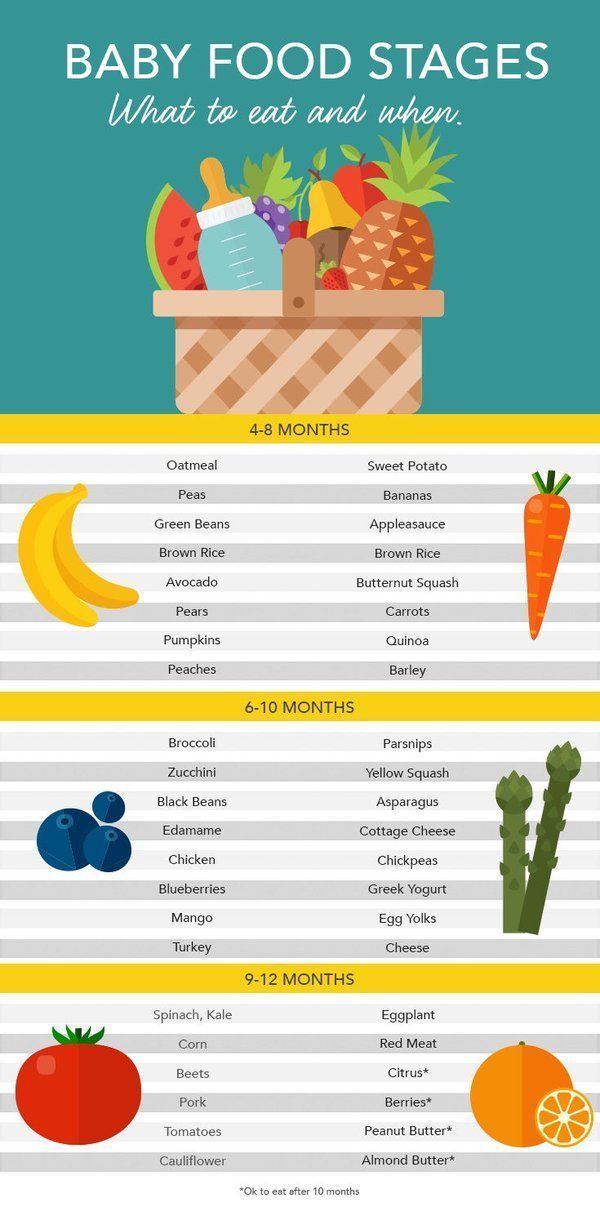
Lunch Meal Ideas
Since my toddler goes to daycare 5 days a week, I pack his lunch and he eats lunch there.
Lunch normally consists of a sandwich or protein, fruit, veggies, and sometimes cheese or yogurt. For a full list of fruits and veggies my toddler normally eats check out the full list here.
Below are meal ideas for daycare lunches. Note, that the photos actually include lunch + 1-2 snacks so that is why they may seem a little large on the portion size.
6) Avocado Sandwich – another favorite of my toddler is a smooshed avocado sandwich. Its like avocado toast, but a little less messy for school.
7) PB & J – peanut butter and jelly is another staple lunch item for us. Because what toddler doesn’t like pb & j?
8) Turkey Roll ups – one thing that we have added to his lunch rotation this month is turkey roll ups or just cut up deli turkey. I try to buy natural turkey breast when possible or low-sodium.
I try to buy natural turkey breast when possible or low-sodium.
9) Cheese and crackers – another new item is cheese and crackers. We frequently do string cheese or sometimes do sliced cheddar cheese as well.
PB&J, blueberries, peas, kiwi, banana, and whole milk yogurtPB&J, turkey roll ups, blueberries, peas, grapes, string cheese.Spinach pancake, deli turkey, string cheese, kiwi, melon, crackers, bananaAvocado sandwich, deli turkey, blueberries, kiwi, watermelon, string cheesePB&J, cooked carrots, string cheese, kiwi, melon, blueberries, deli turkeyAvocado sandwich, watermelon, berries, string cheese, bananaCrackers, cheese, and deli turkey, kiwi, blueberries, bananaAvocado sandwich, turkey roll ups, string cheese, berriesAvocado sandwich, blueberries, string cheese, grapes, cheddar bunniesDinner Meal Ideas
For the most part my toddler has always eaten what we do for dinner. This is a great way to introduce toddlers and babies to new foods.
I always try to have a “safe food” on his plate, which is something that I know he likes and will eat. This is especially true when trying a food I know he hasn’t liked in the past or trying a new food.
This month Corbin tried Thanksgiving (and loved it!) and also we have been eating a lot of soup and chili since it has started to get cold. He has been loving self-feeding yogurt using his munchkin toddler silverware set.
10) Burger with sweet potato fries – my toddler is not a fan of meat (especially beef) but we served it because we had it for dinner and he did try a bite.
11) Baked pasta with veggies – a great way to serve veggies for picky eaters is to cover them in sauce or serve with a dipping sauce. Corbin also loves pasta and red sauce so this was a hit!
12) Deconstructed tacos – serve anything you would fill a taco with, just without the shell. My toddler tried pulled chicken, beans, corn, and of course avocado.
13) Chili – Corbin tried homemade chili this month and loved it. I added some noodles to his for a little more sustenance and also served it with one of his favorite “safe foods” – avocado!
14) Thanksgiving – turkey, mashed potatoes, stuffing, green beans, and apple sauce. He ate EVERYTHING!
15) Butternut squash soup – since my toddler insists on self-feeding everything with a spoon, I added some peas to help him have something to shoot for when scooping. This is another one of his favorites!
16) Quesadillas – cheese quesadilla with mixed mexican veggies and beans.
17) White Chicken Chili – served with mixed veggies and a dinner roll.
18) Pizza – in true toddler fashion, Corbin decided he didn’t like pizza this month. We tried white pizza and normal pizza with red sauce. Both served with a few “safe food” sides.
19) Chicken Tortellini – my toddler will always have seconds or thirds! Served with veggies and fruits to be a little more well-balanced.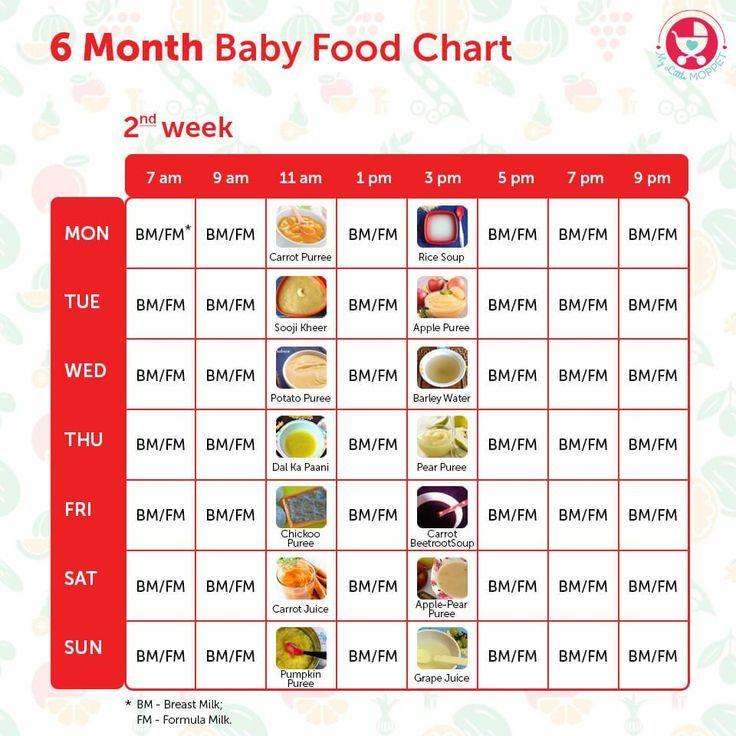
Thanks for stopping by!
3524 shares
16 Months Old Baby Food Ideas Along with Recipes
As kids start growing up, parents are constantly faced with a dilemma of figuring out what to feed them. He might have begun eating solid food items but the challenge of maintaining proper nutrition with a variety of food items that can appeal to him can seem like a circus act.
Video: Food Ideas for 16 Month Old Baby
Nutrient Requirements for 16-months-old Child
Be it regarding breakfast ideas or any other meals, it is necessary that your 16-month-old toddler gets the right nutrients in the proportion that he ought to have.
- Fruits: Fruits not only help in providing fibre but some very essential vitamins that can be absorbed by the body easily. A couple servings of fruits such as bananas, kiwis, mangoes, and many others are recommended.
- Whole grains: These still remain an essential ingredient in the meal options that constitute a child’s healthy diet plan. Even a simple bagel or cereal crackers can be effective in providing enough grain proportion for a child.
- Fats: Apart from being energy reserves to tap into, fats are what make your child healthier and larger in the coming months.
 Using olive oil in meal preparations or including coconuts and avocados provide good quantities of fat.
Using olive oil in meal preparations or including coconuts and avocados provide good quantities of fat. - Vegetables: With solid foods being edible for your kid, it is necessary to expand the type of vegetables he consumes. Go with green leafy ones as well as broccoli and cauliflowers after steaming them. Sauces are a great accompaniment as well.
- Meat and eggs: These are cheap, easy, and the best sources of protein for your little one. A simple egg, few pieces of shredded meat, or tiny chunks of seafood can be a great addition to your kid’s diet.
- Iron: Apart from including iron-rich food items, it is also necessary to pair them with vitamin C rich foods, since it allows the iron to be absorbed within the body. Any leafy vegetables, red meats, and citrus fruits are a great combination to be included together.
- Dairy: The weaning of the child from the breast makes it necessary to include fortified milk products in his diet to keep his nutrition intact.
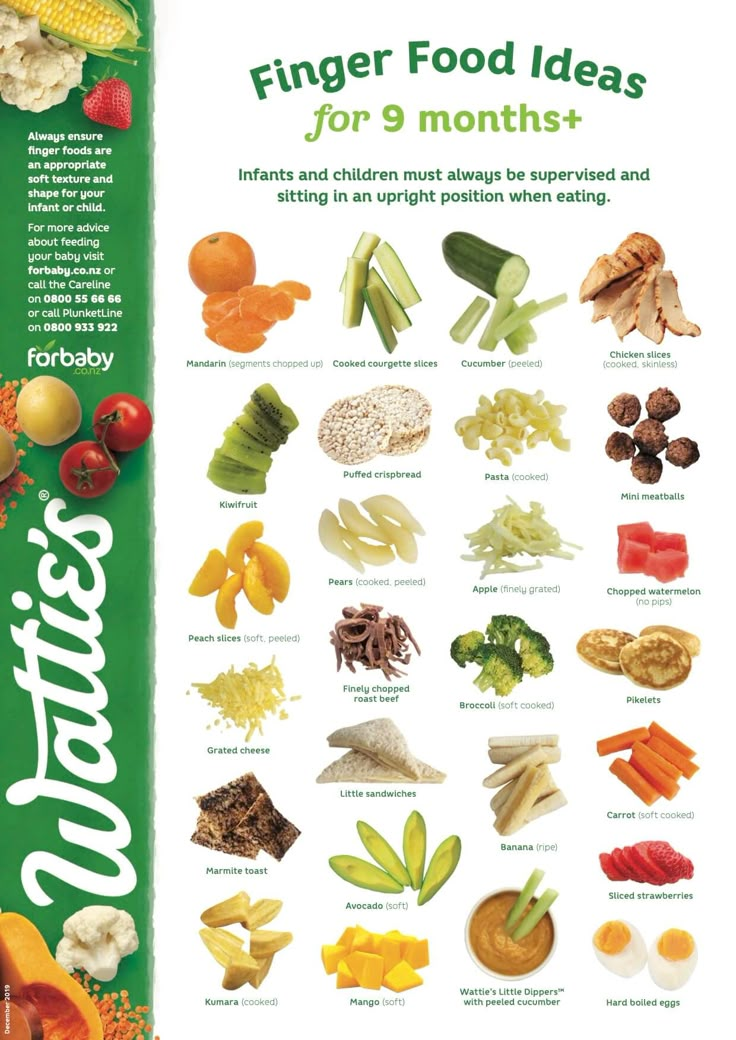 Different cheeses, yoghurt and full-cream milk are essential in that regard.
Different cheeses, yoghurt and full-cream milk are essential in that regard. - Nuts and legumes: The chewing ability of kids is put to great use by the inclusion of such items in the daily meals. Right from flaxseeds to peas or even peanut butter, a small serving of these on a regular basis is quite beneficial in the long run.
How Much Food Does Toddler Need At 16 Months
Toddlers experience a reduction in the pace of their growth when they turn 16 months old. While their nutritional requirements are pretty much the same, their calorie intake hovers roughly between 1kcal to 1.5kcal at the most.
Best Foods For Sixteen-month-old Baby
When putting together lunch ideas for your 16-month-old baby, there are certain essential food items that are considered the best choices to be included in his diet plan.
1. Porridge
Being a complete package of multiple nutrients such as proteins, carbohydrates and fibre, porridge is not only healthy but also quite filling for the little one, early on in the day.
2. Seafood
Yes, certain fish products do contain mercury and arsenic, making them harmful for the little one. However, fishes such as herring, mackerel and salmon are quite safe and contain enough omega-3 acids that benefit the brain development of the child.
3. Eggs
A simple food item that can provide a huge boost of energy is an egg. Prepare it in whichever form that suits your child, the healthiness in their constitution provides great taste and ready-to-use energy, which should ideally become a lifelong habit. (Avoid the semi-cooked recipes though – sunny side up, soft boiled eggs, and poached eggs.)
4. Beans
Beans are great for either breakfast or even evening meals since they are pretty light on the digestive system and provide enough vitamins, fibre, and iron to fulfil the child’s daily requirement. Preparing soups with legumes are also a great way to include them in the diet.
5. Vegetables
While eating steamed and boiled veggies is a great way to consume them, you can even make use of vegetable stock to provide him with the necessary immunity boost.
6. Poultry
Not only is chicken meat rich in protein, but it is also a great source of iron, which is necessary for kids at this age. Simple chicken recipes are not quite difficult to prepare.
7. Fruits
If your little one hasn’t started gorging on fruits yet, it is high time that he begins. Vitamins and minerals are not the only reason for it. The palate that different fruits provide, along with their smells and textures, help in evolving the taste buds of your child.
8. Yoghurt
Amongst many dairy products, yoghurt is recommended by dieticians and doctors alike. These can be paired with different food items to elevate their flavour as well as provide the benefit of probiotics entering his gut and enriching it to function properly.
9. Whole Milk
If you are still breastfeeding your child, then you are all set. But if not, start giving him full cream milk via a cup instead of a bottle. Drinking milk is extremely essential in keeping his growth on track, and keep his nutrient levels optimal.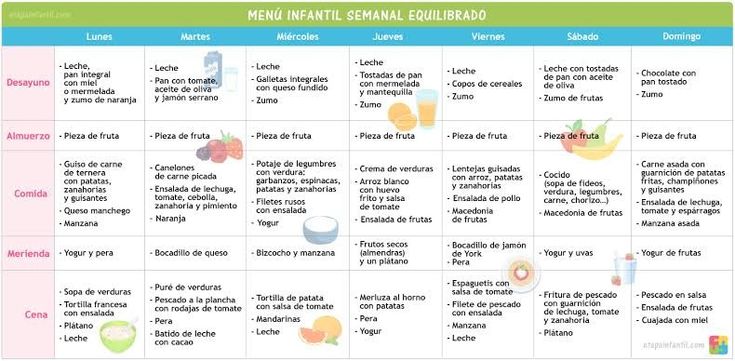
10. Whole Grains
You don’t need to resort to the typical grain preparations when giving to your child. These can be acquired from a variety of items such as bread, muffins, sandwiches and so on. Make sure different options are included in his meal pan regularly.
Video: Diet Plan for 16 Month Old Baby
16 Month Old Baby Food Chart/Meal Plan
To help you get started by putting together a 16-month-old baby food schedule for your own kid, we have provided a sample that can be used as it is or even tweaked to better suit your lifestyle.
Diet for a 16-month-old – Week 1, Day 1
Diet for a 16-month-old – Week 1, Day 2
Diet for a 16-month-old – Week 1, Day 3
| Breakfast | 1 cup of kabuli chana (chickpea)-capsicum poha with 1 glass of milk |
| Mid-morning | 1 small bowl of papaya |
| Lunch | Multigrain roti + dal + a sabzi of choice + grated carrot + hand pounded rice |
| Evening | Bajra (pearl millet) porridge with curd |
| Dinner | Shahi paneer with paratha and tomato-mushroom soup |
Diet for a 16-month-old – Week 1, Day 4
Diet for a 16-month-old – Week 1, Day 5
Diet for a 16-month-old – Week 1, Day 6
| Breakfast | Jowar (sorghum) upma with vegetables and curd |
| Mid-morning | Peach or banana |
| Lunch | Roti + dal + a sabzi of choice + a few slices of cucumber + hand pounded rice |
| Evening | Grilled paneer (cottage cheese) with hummus |
| Dinner | Stuffed paratha with curd or lassi |
Diet for a 16-month-old – Week 1, Day 7
| Breakfast | Fruit custard |
| Mid-morning | Custard apple mashed, seeds removed |
| Lunch | Multigrain roti + dal + a sabzi of choice + a few slices of tomato + hand pounded rice |
| Evening | A glass of milk with homemade cookies or roti with sweet pickle |
| Dinner | Jowar(sorghum)-wheat roti + chole palak + a few cherry tomatoes |
Diet for a 16-month-old – Week 2, Day 1
Diet for a 16-month-old – Week 2, Day 2
Diet for a 16-month-old – Week 2, Day 3
Diet for a 16-month-old – Week 2, Day 4
Diet for a 16-month-old – Week 2, Day 5
| Breakfast | Pongal with milk |
| Mid-morning | Deseeded and chopped jamuns |
| Lunch | Multigrain roti + dal + a sabzi of choice + a few slices of boiled beetroot + hand pounded rice |
| Evening | Apple milkshake |
| Dinner | Roti with lauki (bottle gourd)-chana (chickpea) dal with buttermilk |
Diet for a 16-month-old – Week 2, Day 6
Diet for a 16-month-old – Week 2, Day 7
Diet for a 16-month-old – Week 3, Day 1
Diet for a 16-month-old – Week 3, Day 2
Diet for a 16-month-old – Week 3, Day 3
Diet for a 16-month-old – Week 3, Day 4
Diet for a 16-month-old – Week 3, Day 5
Diet for a 16-month-old – Week 3, Day 6
Diet for a 16-month-old – Week 3, Day 7
Diet for a 16-month-old – Week 4, Day 1
Diet for a 16-month-old – Week 4, Day 2
| Breakfast | Cornflakes with milk and sliced apple |
| Mid-morning | A few chopped strawberries or chopped banana |
| Lunch | Roti + dal + a sabzi of choice + a few slices of cucumber + hand pounded rice |
| Evening | Potato chaat with dahi (curd) |
| Dinner | Rice porridge with besan (gram flour) – methi (fenugreek) sabzi |
Diet for a 16-month-old – Week 4, Day 3
Diet for a 16-month-old – Week 4, Day 4
Diet for a 16-month-old – Week 4, Day 5
Diet for a 16-month-old – Week 4, Day 6
Diet for a 16-month-old – Week 4, Day 7
Video: 16 Month Old Baby Food Recipes
Food Recipes For 16 Months Old Baby
Whether they are proper meals or even evening snacks for 16-month-old kid, these recipes will be quite effective in rustling up something quickly and being nutritive for your little one, too.
1. Moong Dal Dosa
An interesting variant on the typical dosa, this one is not only tastier but the interesting texture will leave your kid with a great taste. Ingredients
- Buttermilk
- Hing
- Garam masala
- Coriander powder
- Turmeric
- Salt
- Moong dal sprouts
- Besan
How To Prepare
- Take the sprouted dal in a bowl and mix it together with besan.
- Apart from salt, put together the rest of the condiments in the bowl, following up with buttermilk.
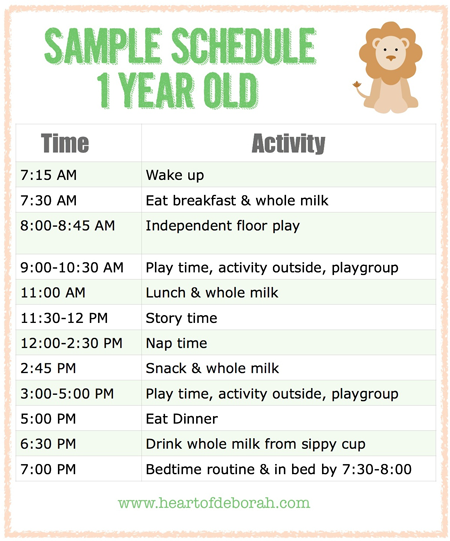 Mix them all properly to create a thick batter.
Mix them all properly to create a thick batter. - Let it sit for 10 minutes and then add salt to it.
- Take a pan and coat with ghee. Pour batter on it and cook it thoroughly. Flip it to cook each side properly.
- Once it gets brown on either side, serve it with a chutney.
2. Aloo Peas Paratha
This is a popular recipe amongst many due to its wonderful taste and the ability to fill up your stomach in a great way. Ingredients
- Ghee
- Whole wheat dough
- Anaar powder
- Amchur
- Coriander
- Peas, boiled
- Garam masala
- Coriander powder
- Salt
- Boiled potatoes
How To Prepare
- Take a large bowl and put together coriander, anaar powder, amchur, coriander powder, garam masala, salt and boiled potatoes. Mash them all together and mix it all well.
- Roll some dough to make a roti and fill it with this mix.
 Cover it properly and add the boiled peas into it.
Cover it properly and add the boiled peas into it. - Roll it up again properly. Add some ghee to a pan and cook the paratha on it.
- Serve it with some curd.
3. Pongal
This popular recipe from the southern region of India is not purely meant for festive occasions. It is a great meal option for your little one as well. Ingredients
- Curry leaves
- Ginger
- Jeera
- Ghee
- Moong dal
- Rice
How To Prepare
- Let the moong dal and rice soak underwater for 30 minutes.
- Until then, heat some ghee in a cooker along with jeera. Follow up with ginger and curry leaves when hot and sauté them well.
- Put in the dal and rice mix along with 4-5 cups of water and let it cook for about 5 whistles on medium heat.
- Take out the rice once cooked, separate the curry leaves and mash it all together.
4.
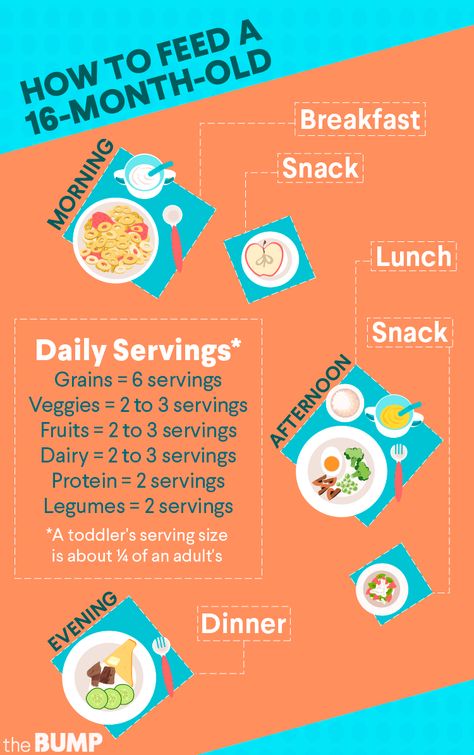 Besan Paratha
Besan ParathaIf you’re tired at the end of the day and still need to cook something for your kid’s dinner, besan paratha is here to your rescue. Ingredients
- Ghee
- Oil
- Cardamom seeds
- Garam masala
- Coriander
- Dhaniya powder
- Salt
- Onion
- Besan
How To Prepare
- Apart from oil and ghee, put all the ingredients together in a bowl and mix them well.
- Add some oil and knead the mix to form the dough.
- Roll a small portion of usual wheat dough and fill it up with the besan one.
- Roll it fully to form a paratha and cook it on a pan with some ghee. Pair with butter and chutney for great taste.
5. Beetroot Rolls
A wonderful evening calls for some great snacks. Surprise your kids with these beetroot rolls that are downright delicious. Ingredients
- Oil
- Bread
- Rawa
- Lemon juice
- Chaat masala
- Garam masala
- Salt
- Mustard seeds
- Cumin seeds
- Onion
- Carrot
- Beetroot
- Boiled potatoes
How To Prepare
- Take a pan and add oil to it, along with onion, cumin and mustard seeds to saute them.

- In a bowl, add carrot, beetroot, and potatoes along with seasonings and mix them well. Follow up with the onions.
- Add moist bread slices to the mix and roll them up in a plate of rawa to cover them fully.
- Fry these rolls deep in oil and serve with ketchup.
Feeding Tips
Apart from the usual dinner ideas, here are a few tips that can make the entire food experience better for your kids.
- Try out old items that your kids have rejected in a different way
- Present food items creatively to entice kids into eating them
- Choose a variety of colourful foods to make the palate visually appealing
- Put together tasty foods with the ones your kid dislikes
- Offer small portions instead of large ones that would go waste
- Make sure your kid drinks water at the end of the meal
There are loads of Indian food recipes that can be great meal options for your little kid to gorge on. Just make sure they aren’t too spicy or strong on any particular flavour, and make sure to offer desserts in controlled portions.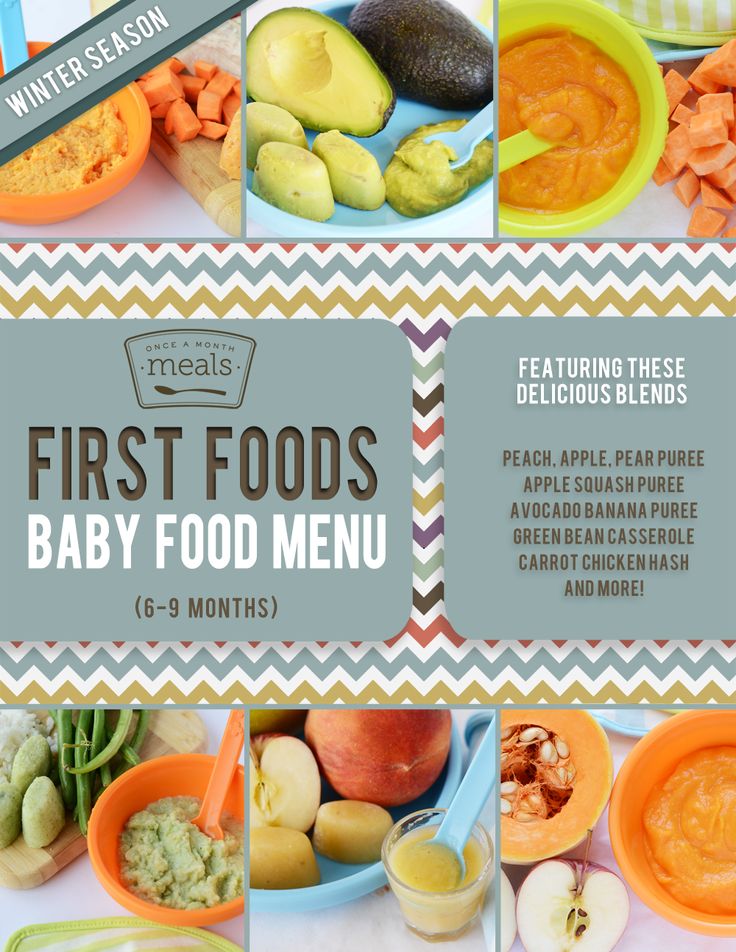 Disclaimer:
Disclaimer:
- Each child is different and so use these meal plans as a trusted guide as per your discretion. You can modify the meals according to your child’s preferences / requirements.
- Never force-feed a child.
- While preparing formula, please follow the instructions on the box and use the measuring spoon provided with it.
- While introducing solid food to a baby, initially, one needs to prepare watery gruels/soups. As a child gets older, the caretaker/ mother has to increase the thickness of the liquids slowly according to the child’s capacity to swallow. Foods that are too thick can cause stomach upset/ unnecessary load; while excessively watery food might cause the child to remain hungry.
- Some kids may eat less on some days and that is absolutely alright. However, if a child eats less for more than 3-4 consecutive days, please visit a doctor to guide further.
- A child may eat less during the teething phase or if he/she may not be feeling well.
 You could increase breast milk /formula feeds on those days. Re-introduce the foods once the child is back to normal.
You could increase breast milk /formula feeds on those days. Re-introduce the foods once the child is back to normal. - Don’t stop feeding if the child is suffering from diarrhoea.
- You can alter the taste of the food by adding some natural flavours like cinnamon, jeera powder, lemon juice, curry leaves etc. if the child doesn’t accept the food initially.
- If your child suffers from an allergy to nuts, gluten or eggs, please consult your doctor before feeding him/her any foods that may contain them.
Also Read: 12 to 24 month Baby Food Chart and Feeding Tips
Compiling a menu for a baby after a year. What to feed a child after a year: advice to parents
Young parents who have a baby after a year often have questions - what to feed the child next?
Content:
- Is a nutritionist a mother?
- Feeding a child per year: age specifics of nutrition
- Sample children's menu for a day
- Children's menu for a week.
 Option one
Option one - Menu for the week. Option two
Young parents who have a baby after a year old often have questions - what to feed the child next? Nutrition guides are full of complementary feeding schemes, but less attention is paid to the nutrition of one-year-old and two-year-old children. But after all, mom and dad need not only to know the principles of nutrition for the crumbs, but also to correctly compose his menu for the day, week or even month! It is necessary to plan the purchase of products, methods of preparation and even preparations for the future. Let's pay close attention to the menu of the crumbs from a year to about two years.
Important note: the recommendations of this article can only be fully applied to children whose mothers adhered to the pediatric complementary feeding regimen and gradually replaced feedings (often with formula, but sometimes with breasts) with certain volumes of "adult" food. Babies who are breastfed on demand are more suitable for pedagogical complementary foods, which are gaining more and more supporters.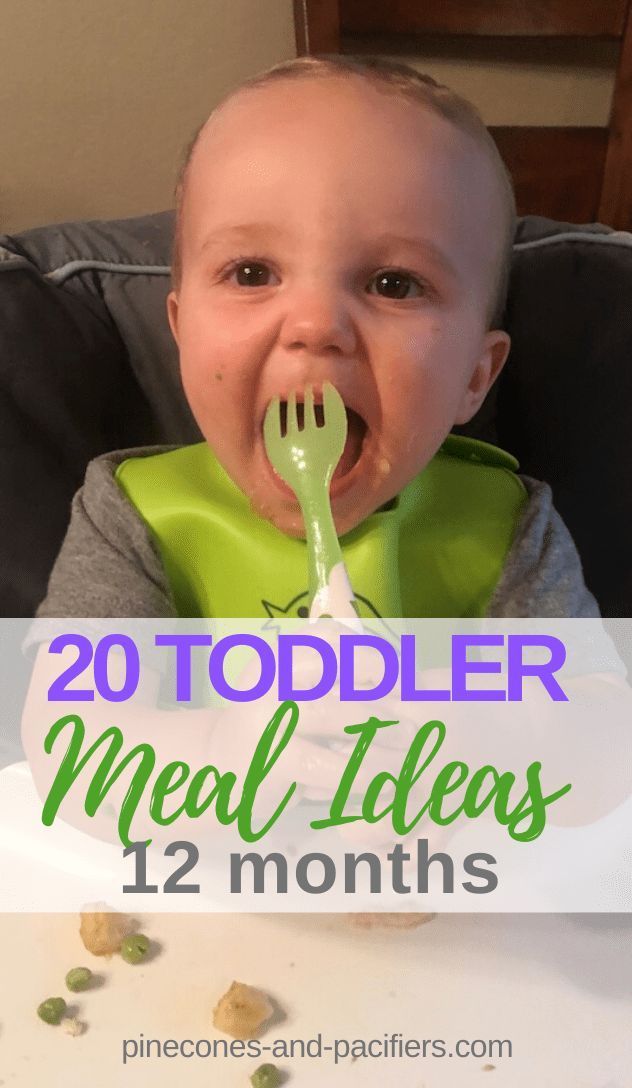 These children may not be able to handle the given portion sizes - however, their mothers may well adopt the recipes and general recommendations of this article.
These children may not be able to handle the given portion sizes - however, their mothers may well adopt the recipes and general recommendations of this article.
Nutritionist - mother?
The principles of baby food for a child of 12 months remain the same as in the second half of the first year - a gradual expansion of the set of products and a gradual change in the degree of grinding and processing of the product.
For the proper organization of nutrition for your baby, it is worth considering and compiling an indicative menu for 7-10 days in advance. At first glance, this seems complicated - but let's try, using certain knowledge about products and their daily needs, to create approximate layouts.
When compiling the menu, you need to take into account the norms of daily consumption of products - that is, which products must be given to the baby every day, and which ones - with a certain frequency. For simplicity, we will make a calculation for a week - therefore, we will distribute the products by day.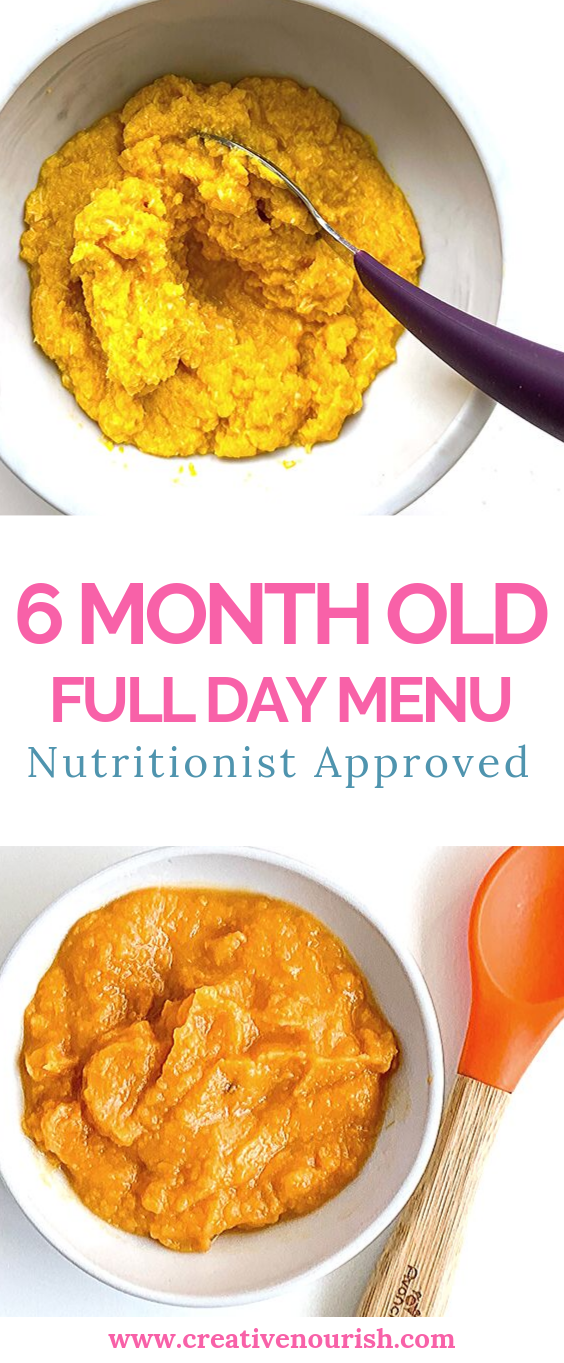 Daily products are calculated based on the daily allowance, multiplying it by 7 days of the week, the rest - based on the number of doses.
Daily products are calculated based on the daily allowance, multiplying it by 7 days of the week, the rest - based on the number of doses.
Every day the baby receives milk and dairy products, butter, bread, vegetables, cereals, on some days of the week they distribute, for example, cottage cheese, cheese, fish, sour cream, eggs. Meat and fish are recommended to be given at least 5-6 times a week - that is, 4 times meat and 1-2 times fish.
It sometimes happens that it is not possible to cook all the products planned in the menu. Then you have to resort to replacing the product with an approximately equivalent one. When replacing, it is necessary to take into account the calorie content and nutritional value of the product - that is, replace carbohydrate foods with them, fats with other fats, proteins with other proteins. For example, interchangeable carbohydrates are bread, bakery products, pasta, cereals. From proteins, milk, cottage cheese, meat, fish, cheese are replaceable. From vegetables - potatoes, beets, cabbage, carrots, etc. Fats are replaceable both vegetable and animal. However, by the end of the week, all quantities of replaced products are equalized.
From vegetables - potatoes, beets, cabbage, carrots, etc. Fats are replaceable both vegetable and animal. However, by the end of the week, all quantities of replaced products are equalized.
Mandatory and indispensable in the baby's diet should be daily milk, butter, vegetables, bakery products, other products can be varied by day of the week.
In addition, when planning a baby’s menu, it is worth remembering to take into account boiling and loss of the product, take their volumes taking into account cooking - for example, fish loses up to 40% of weight during cooking, meat - up to 30%, vegetables lose up to 35% during processing % of its raw weight.
Feeding a child per year: age specifics of nutrition
In the first months of the second year of life, the main components of food are pureed or mashed with a fork puree and cereals. But the degree of their grinding should gradually change - from the beginning of the second year, you can switch to highly boiled and diluted and boiled with milk porridge, side dishes from heavily boiled vegetables or cereals - buckwheat, rice, wheat, corn or millet. Closer to one and a half years, with the appearance of 8-10 or more teeth, it is necessary to start giving more dense food - steam cutlets, meatballs, dark bread.
Closer to one and a half years, with the appearance of 8-10 or more teeth, it is necessary to start giving more dense food - steam cutlets, meatballs, dark bread.
In addition, it must be remembered that up to a year and a half, the acidity of gastric juice is still insufficient, and therefore delicate proteins, mainly milk proteins, should prevail in the diet. It is advisable not to use confectionery and sugar in the diet of children under 2-3 years old, however, you can give dry cookies, homemade jams, marmalade, jams and honey from about a year and a half if there is no allergy.
5 or 4 meals of 200-225 ml each are considered optimal.
There are certain rules to follow when feeding babies:
- for breakfast you can have a variety of cereals, vegetables, eggs, cottage cheese, meat, fish. From liquid dishes - milk, weak tea, herbal teas, fruit drinks;
- lunch should consist of any kind of soup - meat or vegetable, second course - meat, fish or vegetable with a side dish and sweet - juices, fruits, compotes, mousses, soufflé;
- closer to a year and a half, a light snack is recommended before the first course - salad;
- for an afternoon snack, preferably a liquid, milky, sour dish with cookies and fruit is better;
- maximum protein in the first half of the day - breakfast and lunch;
- dinner is built on the principle of breakfast;
- it is obligatory to have a hot dish at each feeding;
- after eating, the baby should drink.
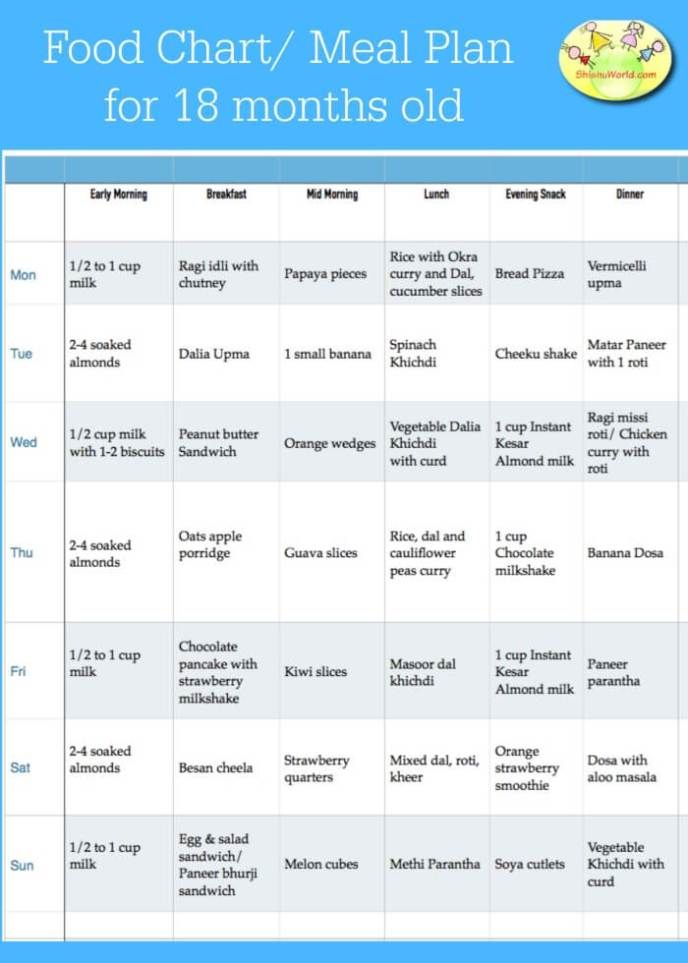
Sample children's menu for a day
Here are menu options developed by various doctors and nutrition guides. You can use one of them or create your own menu based on the standard ones.
For example, pediatrician Ezhova N.V. in his guide "Nutrition for children from birth to three years" offers the following menu options for the day (with some additions and changes by the author of the article).
For ages 1 year - 1 year 3 months
Breakfast
Porridge of various types of cereals - 150 g
Tea with milk or milk - 100 ml
Bread with butter - 30 g + 3 g
Lunch
Vegetable or meat soup - 100 g
Meat puree or cutlet — 40 g
Garnish (vegetable, pasta, cereal) — 50 g
Compote or fruit juice - 100 ml
Snack
Cottage cheese - 30 g
Kefir or milk - 150 g
Bun or biscuit - 10 g
Fruit - 50 g
Dinner
Vegetable puree or porridge - 150 g
Tea with milk - 50 ml
Second dinner (can be replaced with second breakfast if desired)
Kefir, milk, biolact, baby yoghurt (optional) — 150 ml
Age 1 year 3 months — 1 year 6 months
Breakfast
7 — 9004 Tea with milk or milk - 150 mlBread with butter - 40 g + 5 g
Lunch
Vegetable salad - 10 g
Soup — 100 ml
Meat cutlet (fish, liver, chicken) - 50 g
Garnish (vegetable, cereal, vermicelli) - 80 g
Compote (fruit drink, fruit juice) — 100 ml
Snack
Cottage cheese — 50 g
Fruit — 100 g
Tea with biscuits 150 g + 10 g
Dinner
Vegetable puree or porridge - 150 g
Tea with milk — 150 ml
For age 1 year 6 months — 1 year 9 months
Breakfast
Grated carrot (fruit salad, half an egg) — 30 g 9008 Milk porridge - 150 g
Tea with milk or milk - 150 g
Bread with butter 60 g + 5 g
Lunch
Vegetable salad - 40 g
Soup (shchi, borscht) — 100 g
Meat puree or cutlet — 60 g
Garnish (vegetable, cereal) — 100 g
Fruit juice - 100 ml
Afternoon snack
Kefir with a bun - 200 g
Fruit 100 g
Dinner
Vegetable puree or porridge - 200 g
Milk (kefir, yogurt) - 150 g
For the age of 1 year 9 months - 2 years
Breakfast
Milk porridge (noodles, vermicelli) - 150 g
Coffee, not natural, or tea with milk, or milk - 150 g
Roll with butter, jam or cheese 70 + 3 g
Lunch
Vegetable salad - fresh, pickled - 30-40 g
Soup, cabbage soup or borsch — 50-100 g
Meat or fish cutlet — 50 g
Garnish (vegetable, cereal) 100 g
Compote — 150 g
Afternoon snack
Kefir with cookies - 150 g
Fruit - 50 g
Dinner
Vegetable dish - 150 g
Kissel or milk - 100 g
As you can see, the menu is not without flaws.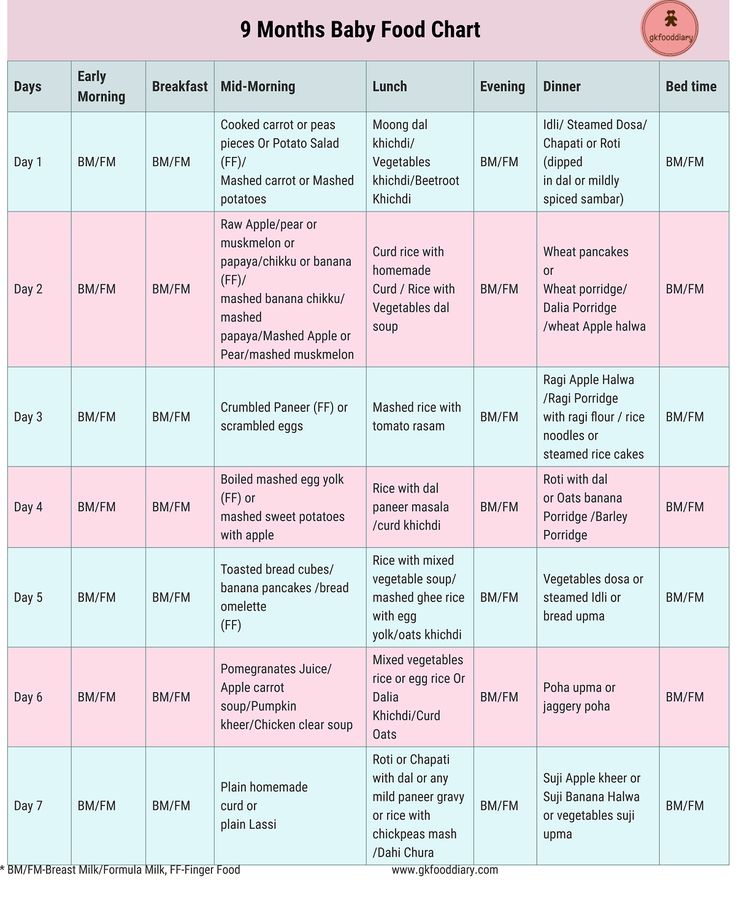 Here are approximate servings and volumes, it can only be used as a general guide. Based on it, taking as a basis an approximate layout menu from the pediatrician's reference book (District pediatrician. Reference guide. - Phoenix, 2008) and making practical adjustments, we developed several menu options for the week.
Here are approximate servings and volumes, it can only be used as a general guide. Based on it, taking as a basis an approximate layout menu from the pediatrician's reference book (District pediatrician. Reference guide. - Phoenix, 2008) and making practical adjustments, we developed several menu options for the week.
Children's menu for the week. Option one
Day one
Breakfast — buckwheat porridge, tea and bread and butter.
Lunch - cucumber salad, cabbage soup, meatballs with vermicelli, dried fruit compote, bread.
Snack - kefir, cookies - 2 pcs., baked apple.
Dinner - carrot-apple casserole, milk, wheat bread with cheese.
Let's have a snack either between lunch and breakfast, or at night - a glass of biolact, milk (100-150 ml) or cottage cheese (50 g).
Second day
Breakfast — rice porridge, tea with milk, bread with cheese.
Lunch - beetroot salad, vegetable soup, meat cutlet with mashed potatoes, compote, bread.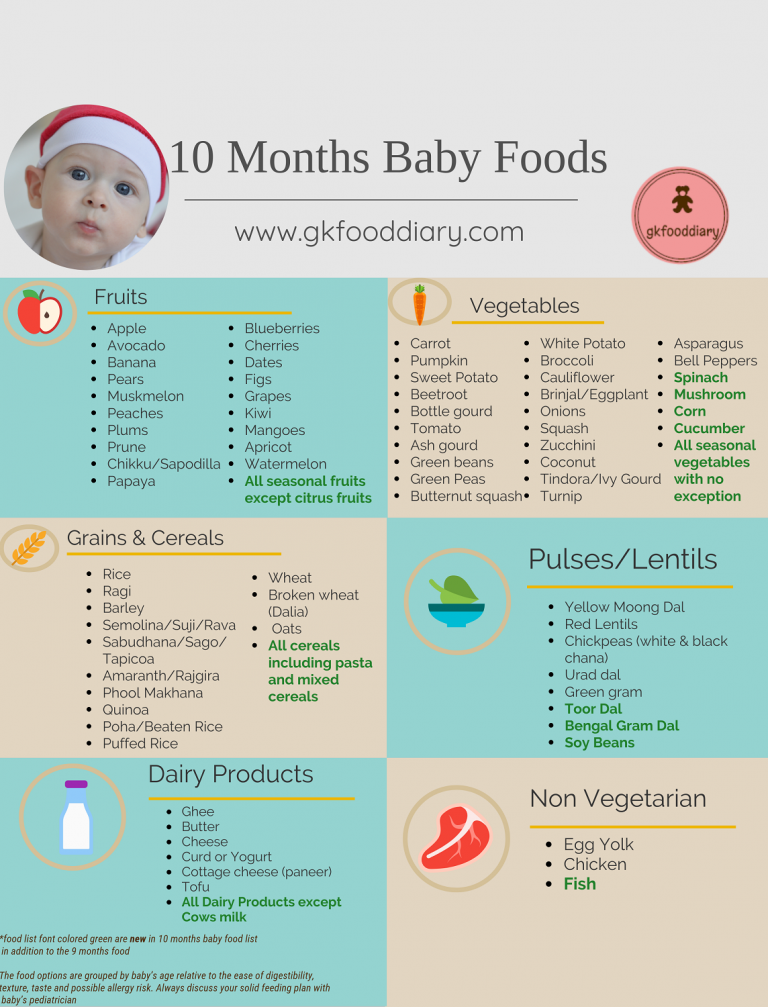
Snack - cottage cheese, banana.
Dinner - scrambled eggs, stewed cabbage, biolact or yogurt, bread.
Snack - milk with cookies.
Third day
Breakfast — mashed potatoes with half an egg, apple juice, bread with jam.
Lunch - cabbage salad with apple, cabbage soup, mashed meat with buckwheat porridge, apple jelly, dark bread.
Snack - cottage cheese casserole, milk.
Dinner - semolina porridge, kefir, bread and butter.
Snack - banana, apple.
Day four
Breakfast - oatmeal porridge, cocoa with milk (very diluted - if the child is not allergic), bread with cheese.
Lunch - carrot salad, boiled fish with vegetable puree, dried fruit compote, bread.
Snack - cottage cheese, peach.
Dinner - potato casserole, tea, bread.
Snack - kefir or yogurt, cookies.
Day five
Breakfast — milk soup with vermicelli, tea with milk, bread with butter.
Lunch - cabbage salad, borscht, boiled chicken with rice, pear jelly, dark bread.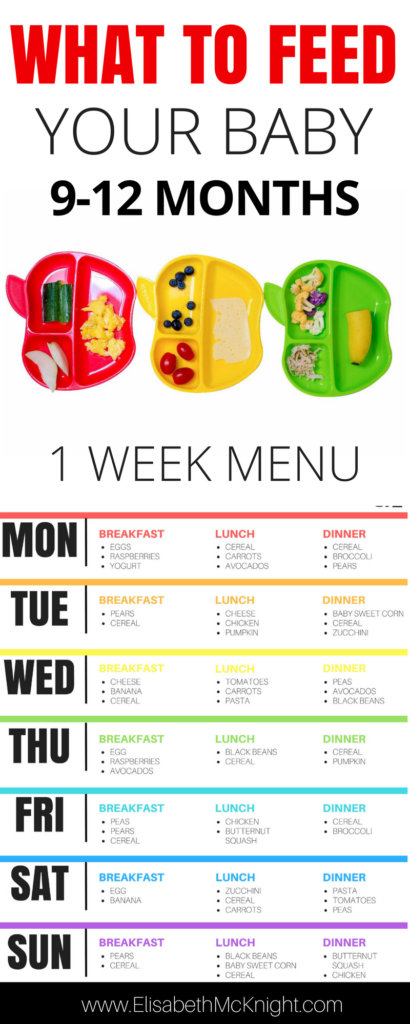
Snack - milk, cookies, banana.
Dinner - oatmeal porridge, tea, bread with cheese.
Snack - cottage cheese, apple.
Sixth day
Breakfast — syrniki with pumpkin and carrots, milk, bread and butter.
Lunch - apple salad with carrots, pickle, meat cutlet, vegetable stew, compote, bread.
Snack - cottage cheese, peach.
Dinner - buckwheat porridge with milk, bread with jam.
Snack - banana, cookies with tea.
Seventh day
Breakfast — millet porridge, kefir, bread with cheese.
Lunch - beetroot salad with sour cream, chicken noodle soup, boiled egg, mashed potatoes, bread, compote.
Snack - kefir with a bun, pear.
Dinner - cottage cheese casserole, yogurt, bread and butter.
Snack - peach, cookies with compote.
All dishes can be varied according to your wishes and seasons. Salads offered on the menu are introduced into the diet closer to one and a half years.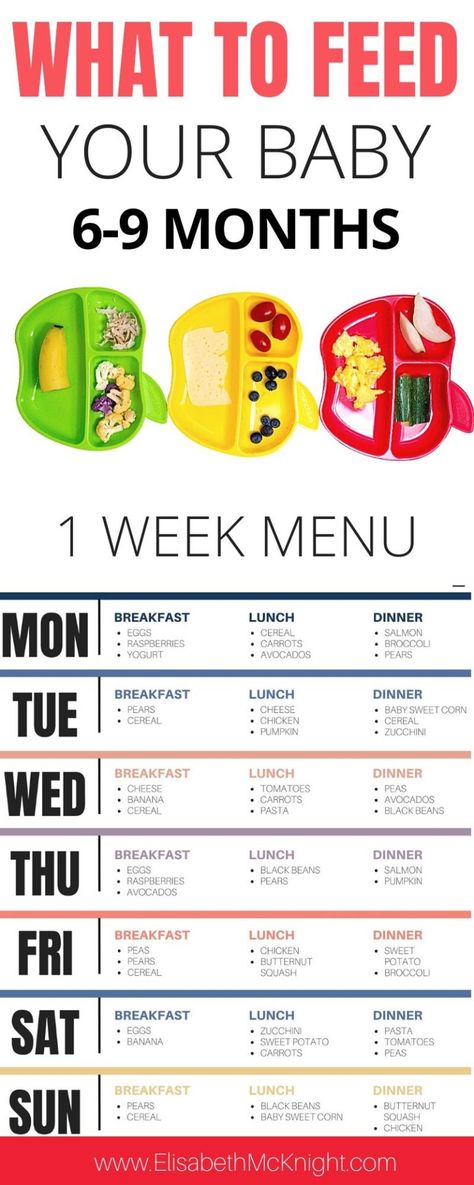
And here is the second version of the menu for the baby of the second year of life, taken with some corrections and additions from the reference book on the practice of feeding children in the first years of life (Kalmykova A.S., Tkacheva N.V. and co-authors. A healthy child from birth to three years - Phoenix, 2008).
Menu for the week. Option two
First day
Breakfast — buckwheat porridge with milk.
Lunch - lean cabbage soup with sour cream, steam cutlet, mashed potatoes and juice.
Snack - kefir, bun, cottage cheese.
Dinner - fruit mousse (apple and apricot), cookies.
Second day
Breakfast — semolina porridge with fruit, tea.
Lunch - chicken broth with rice, naval pasta, jelly, bread.
Snack - an omelet with milk.
Dinner - vegetable stew, bread, yogurt.
Third day
Breakfast - corn porridge with milk.
Lunch - lean borscht with sour cream, zrazy, jelly.
Snack - yogurt with cookies or a bun.
Dinner - carrot-pumpkin casserole, juice.
Fourth day
Breakfast - rice porridge, jelly.
Lunch - fish soup, potato casserole with meat, compote, bread.
Afternoon snack - egg, tea with cookies.
Dinner - vegetable stew, bread, milk.
Fifth day
Breakfast — milk soup with vermicelli, bread and butter.
Lunch - potato soup with meatballs, boiled fish with beetroot puree, pear juice.
Snack - cottage cheese, cookies, kefir.
Dinner - semolina porridge.
Sixth day
Breakfast - oatmeal with fruit, bread and butter.
Lunch - vegetable soup, stewed cabbage with meatballs, bread, apple juice.
Afternoon snack - egg, tea with cookies.
Dinner - yogurt, bun.
Seventh day
Breakfast - scrambled eggs with milk, bread with cheese.
Lunch - meat noodles, boiled chicken with rice, jelly, bread.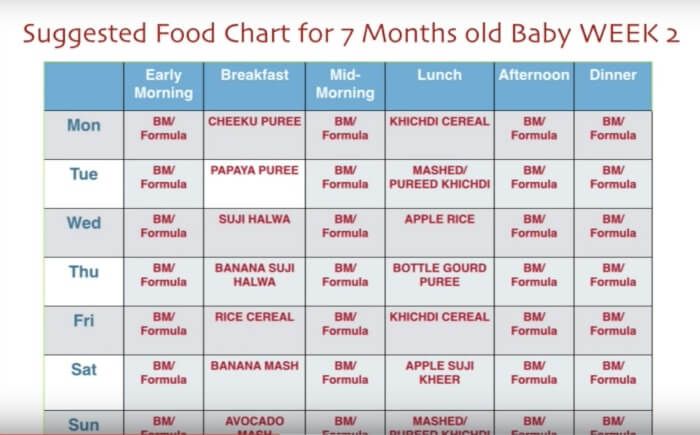
Snack - cottage cheese with peach.
Dinner - millet porridge, tea with milk, cookies.
Snacks - at the discretion of the mother and focusing on the baby's appetite. For snacks, fruit, a piece of cheese, tea with cookies, a cheesecake, a bun are recommended.
Whichever of our offers you choose, try to diversify your baby's menu as much as possible so that the same dish is not repeated more than twice a week.
Next time we will introduce you to the recipes of some of the dishes found in these menus.
Union of Pediatricians of Russia
Nutrition for children from 1 to 3 years of age
The period from 1 to 3 years of life is a crucial stage in the transition to an adult type of nutrition, which has certain features. In order to ensure that all the necessary nutrients enter the child's body and at the same time prevent an excess of individual nutrients, nutrition should be balanced and varied.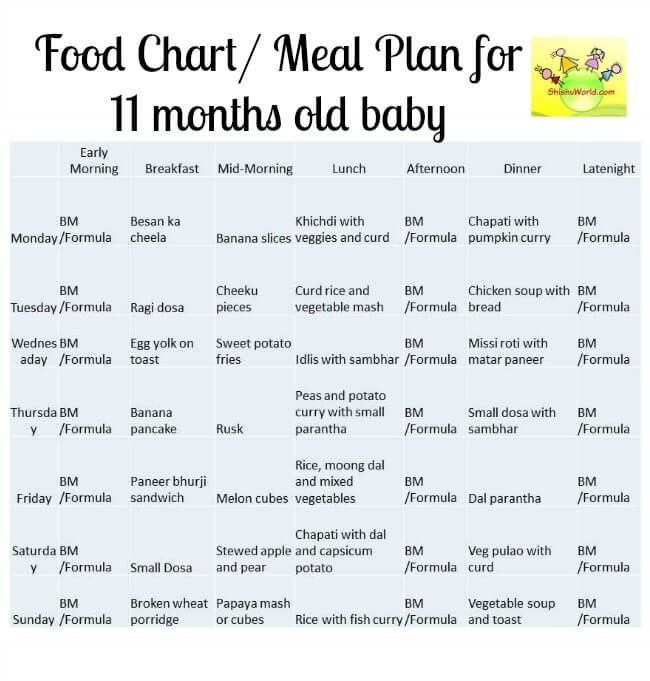
The daily amount of food for children aged 1 to 1.5 years should be 1000-1200 g, from 1.5 to 3 years - 1200-1500 g, the amount of food in one feeding should not exceed 300-350 ml. The diet consists of three main meals per day and two snacks. It is considered optimal when breakfast is 25% of the total energy density of the diet, lunch is 30–35%, dinner is 20%, and additional meals are about 10%. In general, the child can eat the same food as the rest of the family.
In the diet of a child of 1–3 years of age , must be present daily: meat of animals or poultry, dairy and sour-milk products, vegetables, fruits, bread, cereals, vegetable and butter; fish and eggs are included in the diet 2-3 times a week.
Cereal products: bread - 2-3 servings per day, cereals and side dishes - 1 time per day
Fruit and/or vegetables: at least 5 times a day
Dairy products: at least 3 servings per day (including those used to make cereals, yoghurts, fermented milk drinks, cottage cheese, infant formula or breast milk).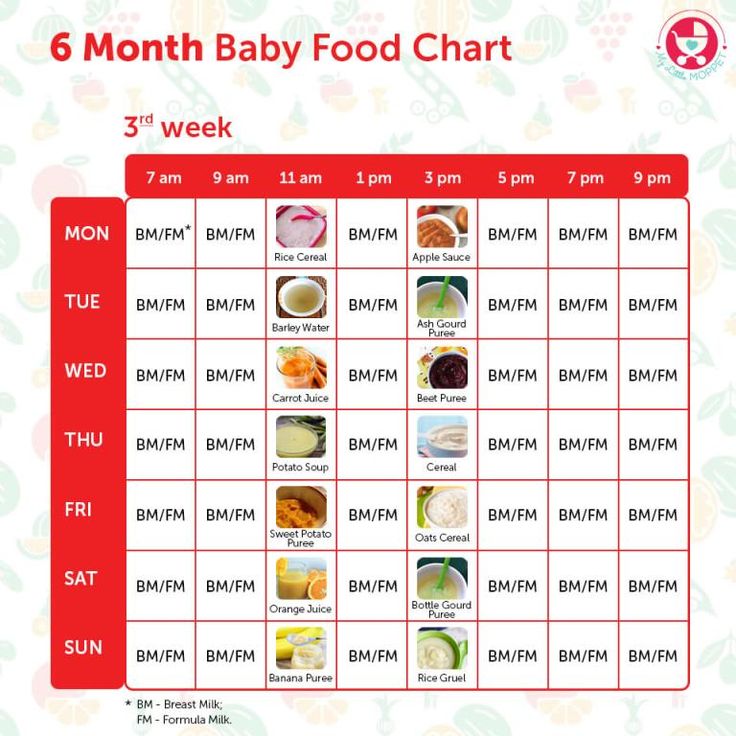
Domestic pediatricians recommend, when compiling a diet for children aged 1–3 years, preference should be given to specialized children's dairy products of industrial production that meet high quality requirements and safety indicators for this age. Most children's dairy products are additionally enriched with vitamins and/or minerals and other biologically active components, taking into account the physiological needs of children of this age. At the same time, in foreign recommendations, children over 1 year old are offered the gradual introduction of whole cow's milk, which is rich in fats necessary for proper growth and development, the absorption of vitamins A and D, the development of the brain and nervous system of the child.
Meat dishes: 2-3 times a day
Fish dishes: 2-3 servings per week
Eggs: 2-3 per week
Dietary fats: 3-4 teaspoons of butter and/or vegetable oil oils per day
When cooking, use the minimum amount of salt and sugar, and do not add them to industrial products.

